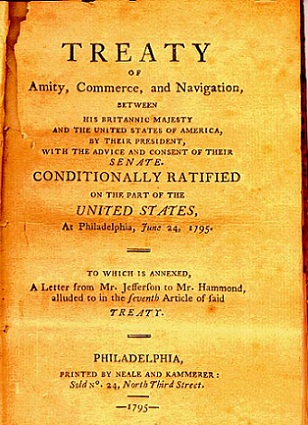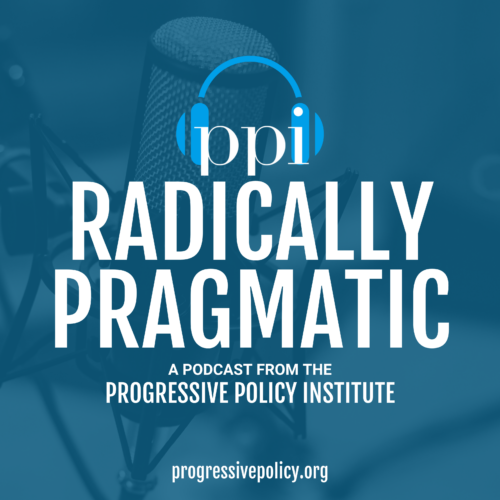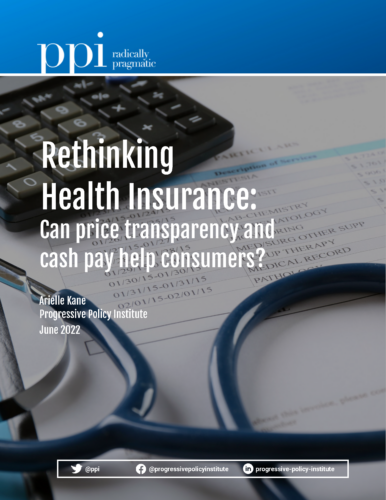Progressive Policy Institute President Will Marshall and Center for Funding America’s Future Director Ben Ritz today urged Congressional Democrats to focus on four top legislative priorities ahead of the looming August recess break.
In a memo to Democrats, Marshall and Ritz argue Congress should seize the opportunity to:
- Protect our democracy with Electoral Count Act reform;
- Tackle inflation, energy, and health care costs through reconciliation;
- Help America outcompete China by passing the bipartisan U.S. Innovation and Competition Act (USICA); and
- Fill all 77 judicial vacancies
With control of both the House and Senate up for grabs in the fall, this could be the last chance to pass these crucial reforms before the usual midterm losses put MAGA extremists in a position to block any national progress for the remainder of President Biden’s first term,” Will Marshall and Ben Ritz write. “By taking action before the August recess on these four urgent priorities, Congressional Democrats could compile an impressive record of progressive reform and governing competence to run on in November.
Read the memo below:
MEMORANDUM
TO: Congressional Democrats
FROM: Will Marshall and Ben Ritz, PPI
RE: Four Legislative Priorities Before the August Recess
Under Democratic leadership, the 117th Congress has produced major wins for the American people. Nearly 70% of Americans are “fully vaccinated” against COVID and 80% have had at least one dose. The United States is enjoying its strongest job recovery ever and wages are rising. The bipartisan infrastructure law increased domestic infrastructure spending by $550 billion, the largest investment in America’s productive capacity in a generation. Congress approved President Biden’s request for military aid to help Ukraine defend itself against Russian aggression. The U.S. Senate confirmed Ketanji Brown Jackson as the first Black woman on the Supreme Court. And a determined Congress just passed the bipartisan Safer Communities Act — the first national gun safety bill in over 30 years.
Before they leave for August recess, Congressional Democrats should seize the opportunity to build on this solid record of accomplishment by acting to safeguard our democracy, ease inflationary pressure, expand America’s high-tech lead, create new jobs in clean energy, and lower health care premiums. With control of both the House and Senate up for grabs in the fall, this could be the last chance to pass these crucial reforms before the usual midterm losses put MAGA extremists in a position to block any national progress for the remainder of President Biden’s first term.
Therefore, we urge Congressional Democrats to focus on these four vitally important priorities over the next month:
PROTECT DEMOCRACY WITH ELECTORAL COUNT ACT REFORM
The top priority should be to reinforce the guardrails around America’s Constitutional democracy. Although his violent Jan. 6 coup attempt failed, ex-president Donald Trump continues to undermine the integrity of U.S. elections. In a blatant bid to rig future elections in advance, he’s backing MAGA election deniers running for Congress as well as governor and secretary of state in the key battleground states he lost in 2020. Congress must update the Electoral Count Act to make it impossible for defeated presidents and their accomplices to overrule American voters and steal a national election.
TACKLE INFLATION, ENERGY, AND HEALTH CARE COSTS THROUGH RECONCILIATION
Americans across the political spectrum agree that inflation is the greatest economic challenge we face today. The new, more focused reconciliation bill Democratic leaders are crafting with Sen. Joe Manchin could help reduce the cost of living while also salvaging some key elements of last year’s overreaching Build Back Better blueprint. It would cut budget deficits by roughly $500 billion, making it easier for the Federal Reserve to rein in rising prices without triggering a recession.
The new reconciliation bill also should include an ambitious set of consumer and business tax incentives for dozens of clean energy technologies, based on a $325 billion, 10-year package of clean energy tax incentive bill approved by the Senate Finance Committee last year, a version of which has already passed the House. These measures would stimulate hundreds of billions of dollars in private sector clean technology investment throughout the economy while creating millions of new jobs. They are also very popular with voters.
Congress made health insurance more affordable for over 13 million Americans this year when it increased the subsidies for plans purchased through the Affordable Care Act exchanges as part of the American Rescue Plan. But the increase was temporary, and if lawmakers let it expire, premiums will increase 53% on average. To make matters worse for Democrats, rate increase notices will be sent out in October, even if they don’t go into effect until January. It is unlikely that the full increase can be made permanent because of its high costs, but Democrats can blunt the pain and permanently fix the ACA “subsidy cliff” that existed before this year for less than $150 billion over 10 years as part of a sustainably financed reconciliation bill.
It’s essential that Democratic leaders and Sen. Manchin get to “yes” on a radically pragmatic reconciliation bill that unites their ideologically diverse party and delivers a major win for President Biden’s domestic agenda. They should resist pressure from the progressive left to enact other gimmicky giveaways that would squander these savings and undermine the bill’s inflation-fighting potential.
HELP AMERICA OUTCOMPETE CHINA BY PASSING THE BIPARTISAN INNOVATION BILL
Lawmakers have yet to finish conferencing the U.S. Innovation and Competition Act (USICA) passed last year by the Senate with the House-passed America COMPETES Act. This bipartisan innovation bill would make an historic investment in semiconductor manufacturing capacity, research and development, STEM workforce development, and supply chain resilience. By passing it, Congress would signal its determination to keep America ahead of China in the race for scientific and technological leadership.
USICA also presents an opportunity for Congress to set up a more robust and equitable system of career pathways for non-college workers. The COMPETES Act, for example, would expand apprenticeship opportunities to reach historically underserved populations, including youth and people re-entering their community after incarceration. It would also promote apprenticeships in non-traditional industries, creating nearly one million additional opportunities in new and emerging fields over the next five years.
But the House version of the bill unfortunately was larded with extraneous trade provisions that are unrelated to the bill’s core emphasis on boosting U.S. innovation and competitiveness. These should be set aside and argued out in some other legislative context. Meanwhile, Senate Minority Leader Mitch McConnell has vowed to pull his party’s support from the conference as long as Democrats continue work on passing a budget reconciliation bill. Although there are elements of the Senate bill that could be improved in a conference committee, the best way to circumvent McConnell’s blatant obstructionism may be for House Democrats to simply vote to send the Senate-passed USICA to President Biden’s desk, negating the need for further negotiations.
FILL COURT VACANCIES FASTER
The Supreme Court’s recent flurry of deeply polarizing decisions underscores the perils of allowing Republicans to pack federal courts with far-right ideologues. Although President Biden has nominated and confirmed more temperate federal judges at a record pace, it hasn’t been fast enough to keep up the rate of judicial retirements. To fill all 77 vacancies, he and Senate leaders must pick up the pace.
By taking action before the August recess on these four urgent priorities, Congressional Democrats could compile an impressive record of progressive reform and governing competence to put before the voters in November.
Will Marshall is the President and Founder of the Progressive Policy Institute.
Ben Ritz is the Director of PPI’s Center for Funding America’s Future.
Download the memo here.
###
The Progressive Policy Institute (PPI) is a catalyst for policy innovation and political reform based in Washington, D.C. Its mission is to create radically pragmatic ideas for moving America beyond ideological and partisan deadlock. Learn more about PPI by visiting progressivepolicy.org.
Follow PPI on Twitter: @ppi
Find an expert at PPI.
###
Media Contact: Aaron White; awhite@ppionline.org










